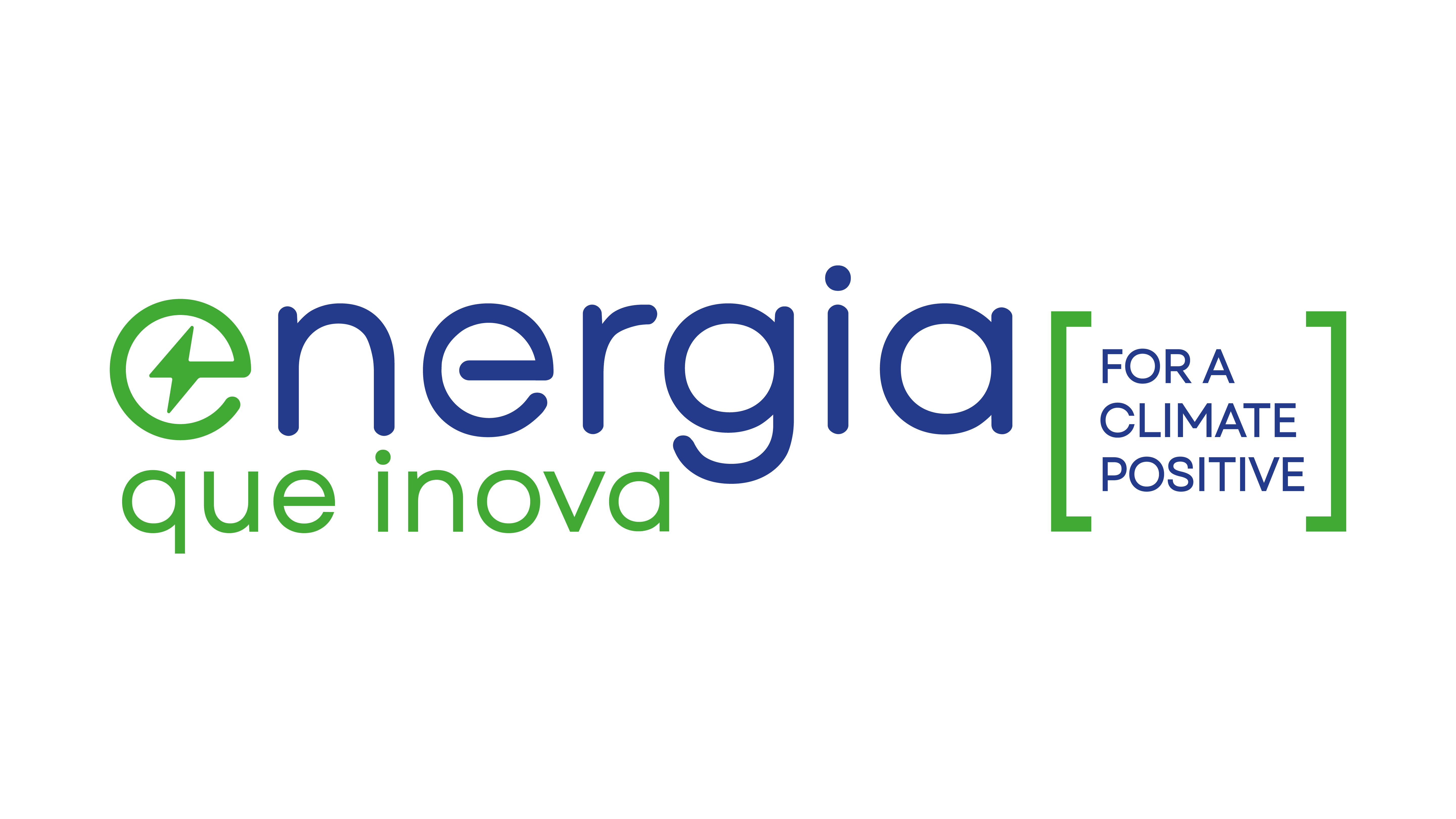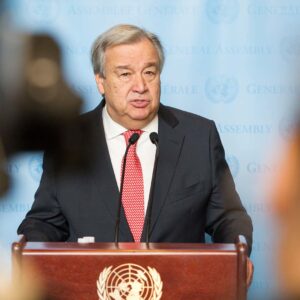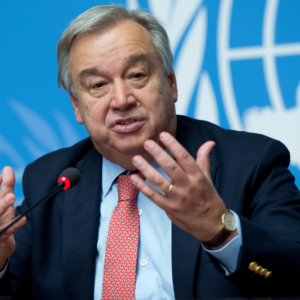The distributed generation market is experiencing a promising moment due to the drop in prices of solar panels. In the first half of 2023, distributed generation facilities in Brazil surpassed the 22 GW mark, and the expectation is that they will end the year with around 26 GW of capacity, according to the Brazilian Association of Distributed Generation (ABGD).
These projections consider several forms of generation, including solar, biomass, biogas, CGHs (Hydroelectric Generating Centers) and other renewable sources. However, solar panels stand out in the modality in which electricity is produced close to consumption centers, such as roofs of homes, buildings and businesses.
According to recent data from the National Electric Energy Agency (Aneel), distributed generation reached 22.2 GW of installed capacity in mid-June, with more than 2 million systems installed across the country. Of these, 22 GW come from solar photovoltaic sources.
Based on this accelerated growth, ABGD estimates that investments throughout this year could exceed R$ 38 billion. However, a crucial factor that influences consumers' decision is the price of equipment.
Residential photovoltaic systems accumulated a price reduction of 44% between June 2016 and 2022, and the trend is for prices to continue to fall. In June 2023, polysilicon, the main raw material for the production of solar panels, recorded a drop of 58%, from US$ 30.80/kg in February to US$ 12.62/kg in the first week of June, according to Greener report.
This decline in prices is a result of oversupply in the market. China accounts for 80% of the world's solar panel production and has been increasing its production capacity and inventory levels. As solar modules represent a significant portion, from approximately 38% to 50%, of the final price of a photovoltaic system, the scenario of a drop in polysilicon prices has the potential to result in a considerable reduction in the final value for the consumer.
In addition, the downward trend in prices is driven by the development of new technologies aimed at reducing the use of silicon in the production of solar panels or even replacing it. One of these technologies being tested by the industry is the application of a mineral called perovskite, a superconductor cheaper than silicon.
Given this context, the distributed generation market in Brazil is optimistic about the drop in solar panel prices and the prospects for continued growth. With more accessible prices, the installation of distributed generation systems tends to become even more attractive for homes, buildings and commercial establishments.
With the expectation that solar panel prices will continue to fall, the trend is that more people are interested in investing in distributed generation systems. The availability of new technologies, such as perovskite cells, also promises to boost the market, offering more economical and efficient alternatives.
The solar energy sector in Brazil is consolidating itself as an important source of electricity generation. The country has great solar potential due to its privileged geographic location, which makes solar energy an increasingly attractive and competitive option.
With the reduction in solar panel prices and the expansion of installed distributed generation capacity, a significant increase in the share of solar energy in the Brazilian energy matrix is expected. This will not only contribute to the diversification of the energy matrix, reducing dependence on non-renewable sources, but will also boost the country's economic development, creating jobs and stimulating the national solar energy industry.













